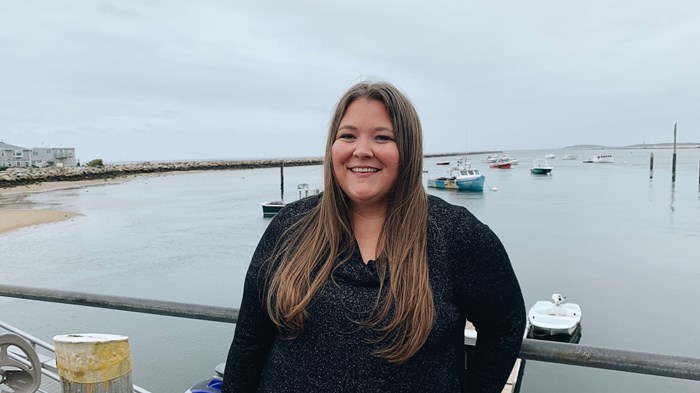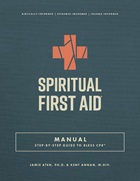Disaster Justice? It’s a Real Need, but It Doesn’t Just Happen by Accident

One summer, on a nonpandemic drive with my brother from North Dakota to Maine, I suggested we take a detour a bit farther north to Niagara Falls, New York. My destination of interest wasn’t the falls but rather an old abandoned neighborhood. We arrived to find overgrown sidewalks and streets. Plants had wound their way up and around fire hydrants and there were driveways that led to nothing. The neighborhood was quiet and reminded me of the long un-rebuilt streets in the Lower Ninth Ward.
In the 1950s, this was a newly built neighborhood called Love Canal and it was filled with modest, working-class homes. As the neighborhood grew the board of education purchased a piece of land on which to build an elementary school. By 1978, there were over a thousand families living there. They sent their kids to school, walked their dogs, breathed the air, and drank the water. The new residents did not know it then, but they were living on top of one hundred thousand barrels of toxic chemicals.
The families who had moved into Love Canal were not told that the Hooker Chemical and Plastics Corporation had spent years dumping toxic chemicals into the old canal. When they sold the property to the board of education in 1953, Hooker did not remove the waste, instead just piling new dirt over the site. They also included a release of liability for any illnesses and deaths connected to the site. The board of education went ahead and built the school and the city continued to allow developers to build what became the new neighborhood, around the edge of the contaminated property.
Local residents had long suspected something was not right. Around the time Hooker first began dumping chemicals, residents reported strong smells and spontaneous fires that broke out in hot weather. By the late 1970s, they began documenting high rates of illnesses in the neighborhood, particularly among children. Residents experienced various health ailments for many years but it wasn’t until an increase in coverage in the Niagara Gazette that the connections to the chemical site became understood. Scientists confirmed the chemicals had seeped through the ground and into people’s homes and yards. A number of studies found a disproportionately high rate of birth defects, increased rates of cancer, and other medical conditions in the neighborhood.
For years, there was an underwhelming response from government. In fact, the mayor and other local officials actively ignored and avoided the budding crisis. As media coverage increased and the truth came to light, residents began to organize through the Love Canal Homeowner’s Association. Their goal was to elicit action—namely for government to buy out the homes in the affected area so residents could move. It took years, research, national media coverage, and political negotiations between the state of New York and the federal government, but residents in the immediate area were eventually given their buy-out and efforts were undertaken to clean up the site. It took two decades and $350 million to address the Love Canal crisis.
Policy doesn’t just change on its own. It requires advocacy and organizing to hold elected officials accountable. Across the country people–often led by women—have done this work. A woman named Hazel Johnson rallied the concept of environmental justice after living the effects of environmental racism in the South Side of Chicago. Her work led to President Bill Clinton signing the first major federal action explicitly related to environmental justice. After the buy-out the leading activist in the Love Canal crisis, Lois Gibbs, continued on to lobby the federal government to create a program to provide funding and assistance to communities across the country facing similar crises. Standing on the foundation laid by the work of others like environmentalist Rachel Carson, advocates were able to capitalize on the national coverage of Love Canal and push for changes to federal policy. Through Gibbs’s and others’ efforts, the EPA created the Comprehensive Environmental Response, Compensation, and Liability Act, known as the Superfund Act, which provides funding and resources to communities who need to clean up toxic sites.
It was the EPA’s Superfund program, championed by the survivors of Love Canal, that was used to clean up the CIPS Gas Plant site in my hometown of Taylorville decades later. Standing in this now-abandoned neighborhood in New York I felt an unyielding gratitude for the people who had lived there decades earlier. Without their efforts the small town, across the country, that I was born into would not have had a road map for how to resolve their crisis.
Excerpted from Disasterology @ 2021 by Samantha Montano, used with permission by Park Row Books.
The Better Samaritan is a part of CT's
Blog Forum. Support the work of CT.
Subscribe and get one year free.
The views of the blogger do not necessarily reflect those of Christianity Today.






















